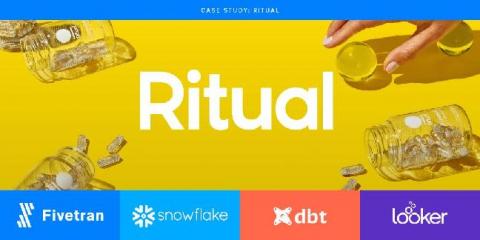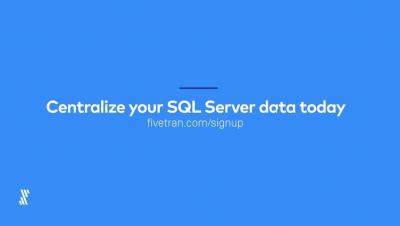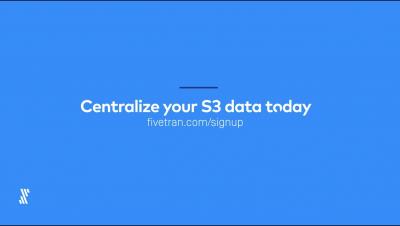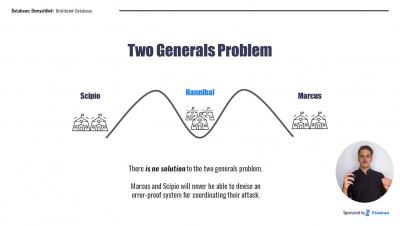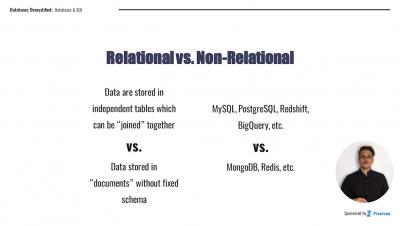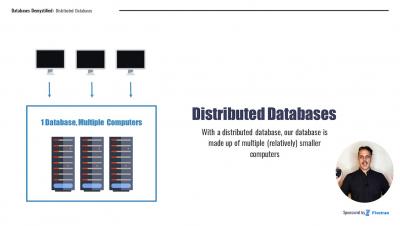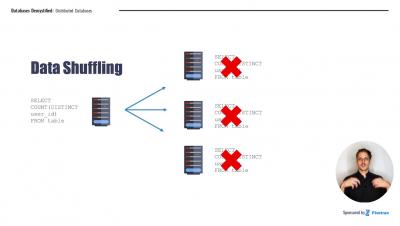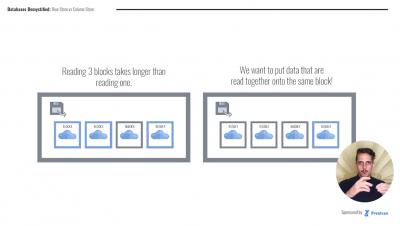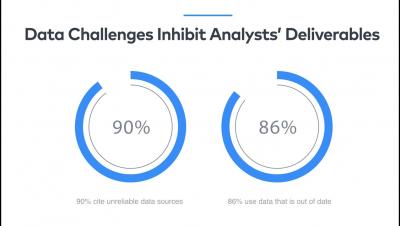Ritual Improves Retention With a Modern Data Stack
A brittle ETL pipeline, a mix of different code languages and degrading warehouse performance inhibited customer retention analysis. With a modern data stack, Ritual has a 95% reduction in data pipeline issues, a 75% reduction in query times, and a threefold increase in data team velocity. By empowering the business with data, the business has seen a sustained improvement in retention.


